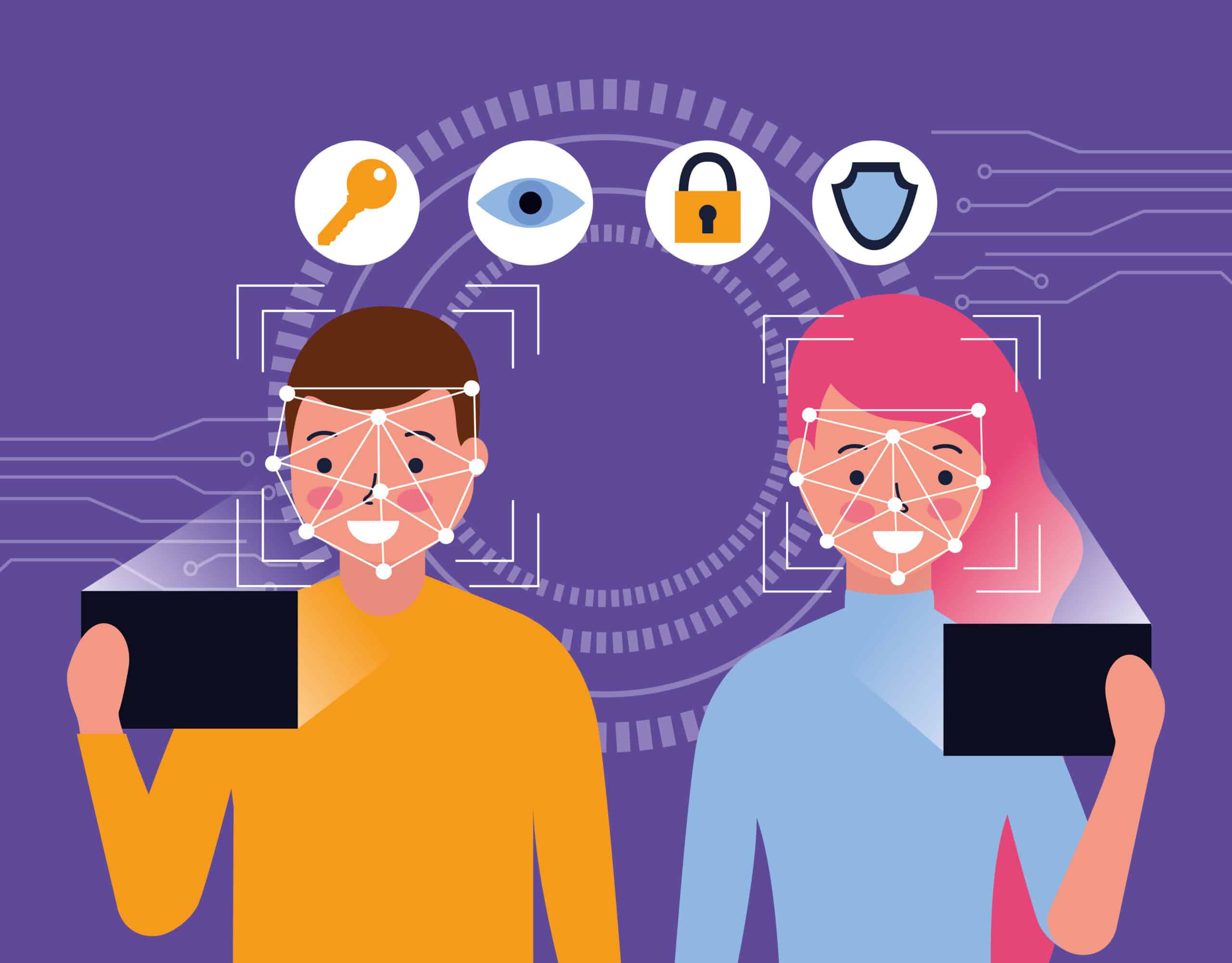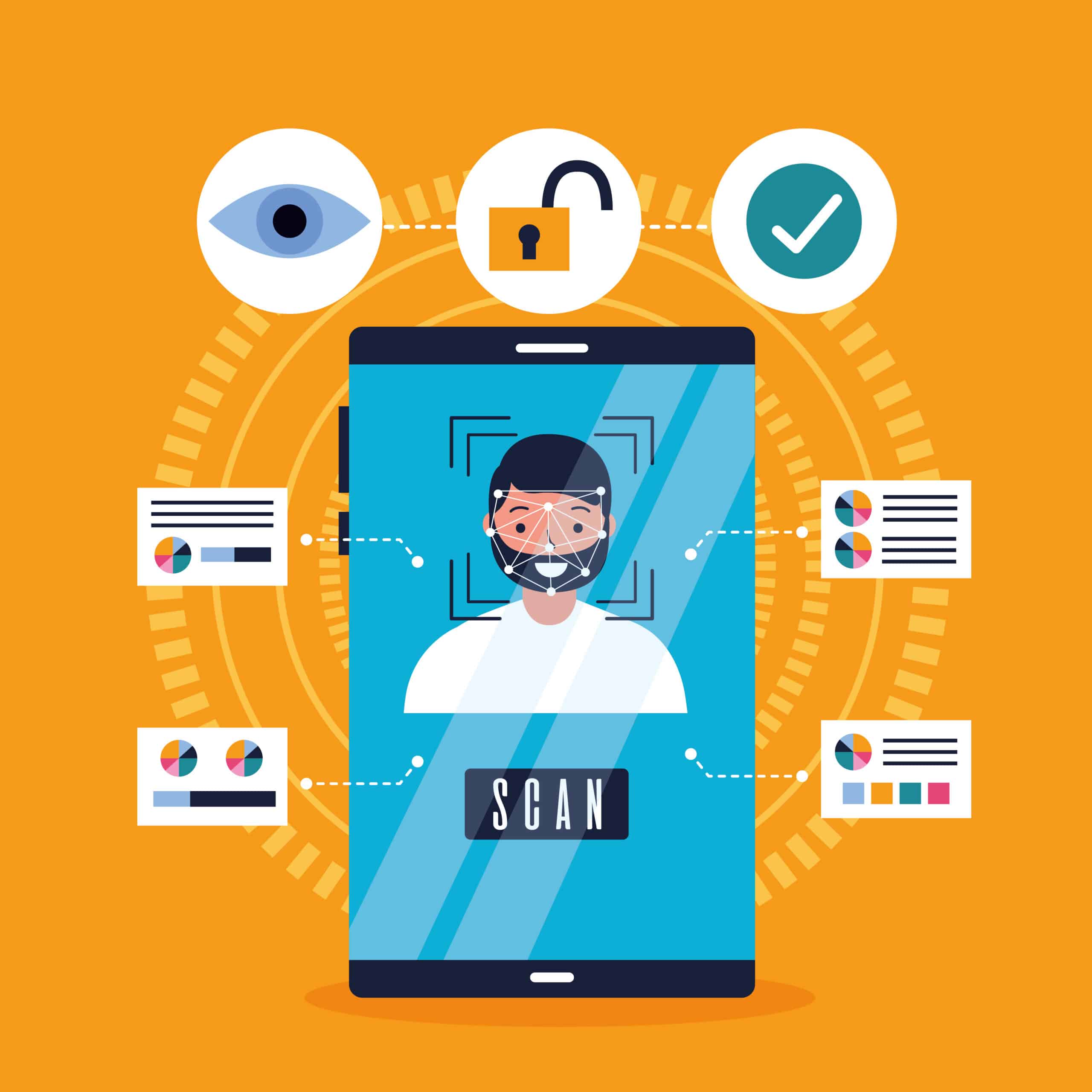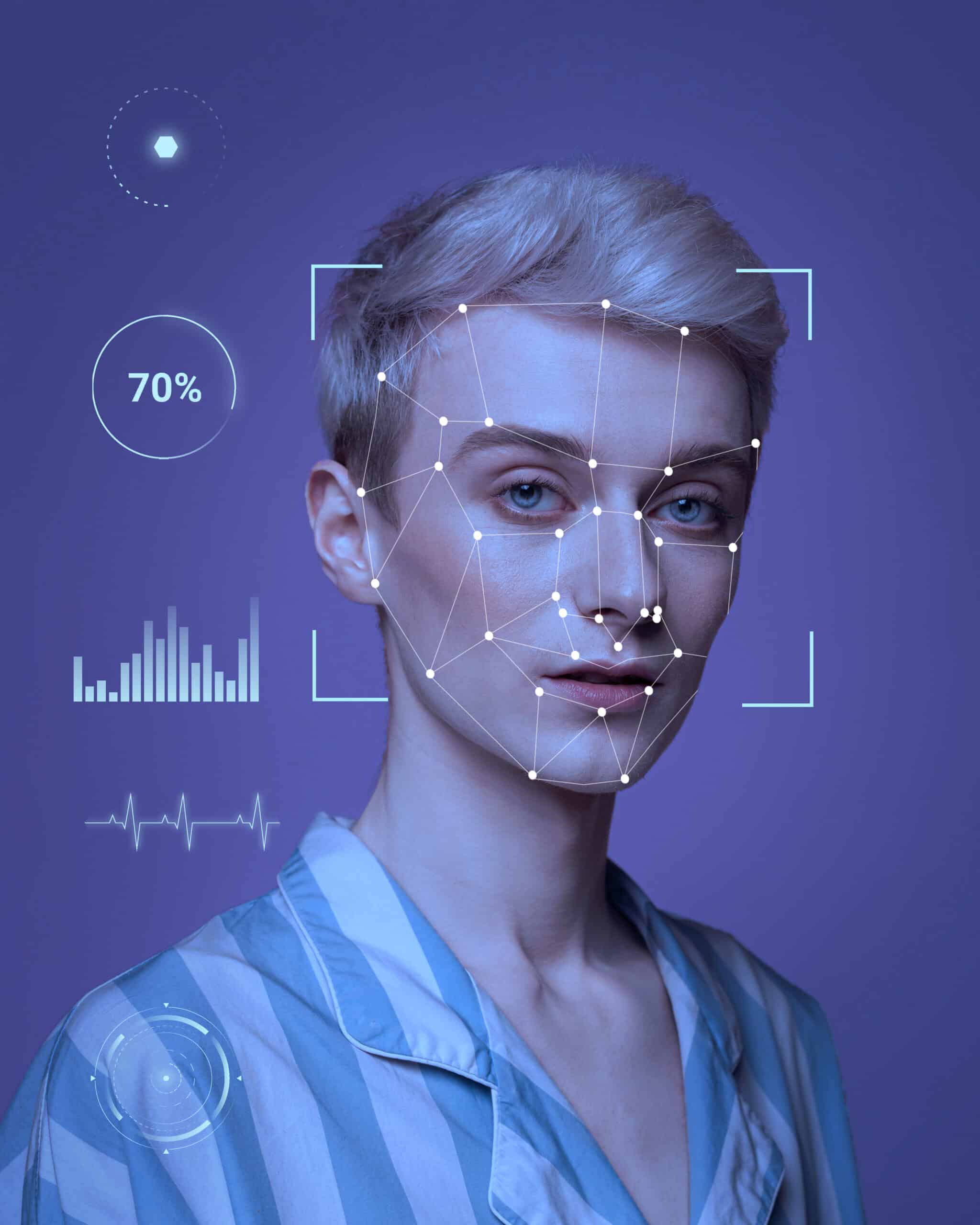The Role of Facial Recognition in Modern Technology and Identity Verification
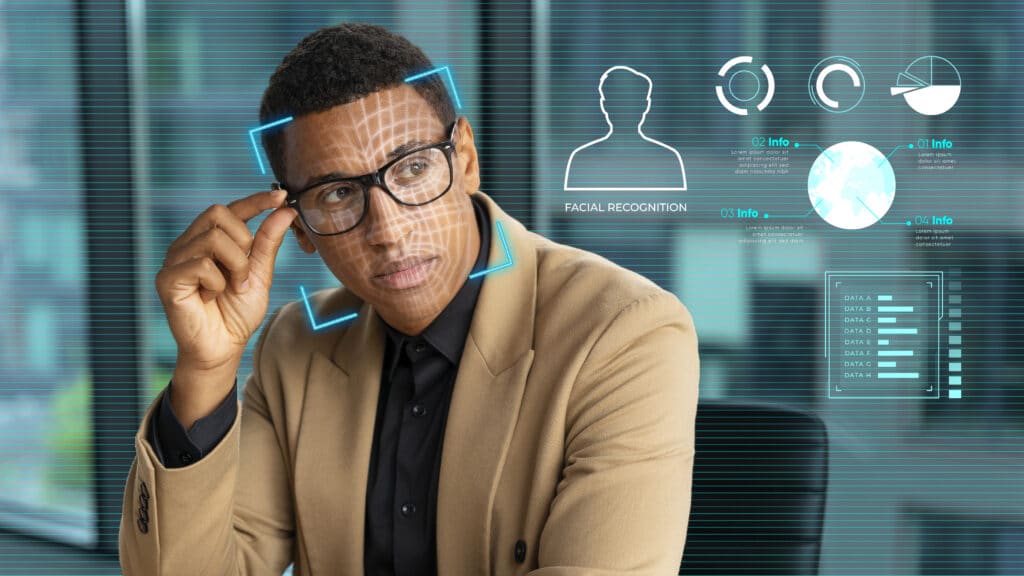
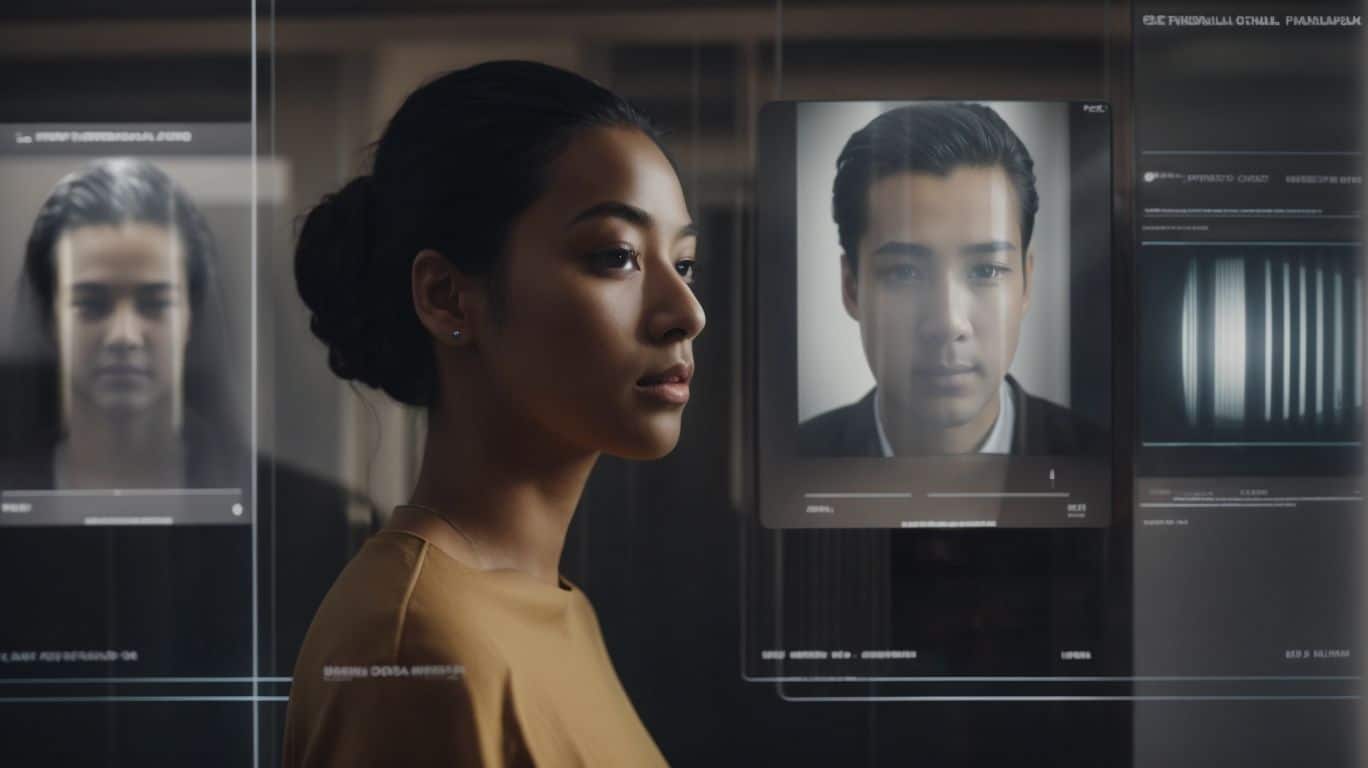
Facial recognition technology has become increasingly prevalent in our modern world, changing how we verify identities and interact with various systems.
From security and surveillance to personalized advertising, the applications of facial recognition identity verification are vast and diverse.
As this technology continues to advance, concerns surrounding privacy invasion, biases, and lack of regulation have also emerged.
In this article, we will explore how facial recognition identity verification works, its potential benefits, controversies, responsible usage, and the future implications of this technology.
Join us on this journey to delve deeper into the world of facial recognition identity verification.
What Is Facial Recognition Identity Verification?
Facial Recognition Identity Verification is a cutting-edge process that utilizes modern technology and biometric data to confirm a person’s identity through facial features.
This innovative method of verifying identity relies on the unique characteristics of an individual’s face, such as the distance between the eyes, the shape of the nose, and the contours of the lips. Also, by capturing and analyzing these facial features, the system creates a digital template that serves as a personalized identifier.
This integration of modern technology and biometrics offers a highly secure and efficient way to authenticate individuals, reducing the likelihood of unauthorized access or fraudulent activities. Additionally, the precision and accuracy of facial recognition technology have made it a valuable tool in various industries, from law enforcement and border control to unlocking smartphones and facilitating secure transactions.
How Does Facial Recognition Identity Verification Work?
Facial Recognition Identity Verification works by employing advanced technologies like machine learning and artificial intelligence to analyze facial features and biometric data.
This process involves capturing an individual’s facial image, which is then converted into a mathematical representation by extracting unique data points such as the distance between eyes, shape of the nose, and contours of the face. Machine learning algorithms are then used to compare this data against a database of known faces for identification. The accuracy of facial recognition technology is crucial in various fields, including security, law enforcement, and access control systems, highlighting the significance of precise facial biometrics in the verification process.
What Are the Applications of Facial Recognition Identity Verification?
Facial Recognition Identity Verification finds applications in security, user authentication, personalization, and targeted advertising, leveraging the accuracy of facial matching.
In security, the technology is employed to enhance access control systems by accurately identifying individuals based on their facial features, minimizing the risk of unauthorized entries. User authentication processes benefit from the seamless integration of facial recognition, offering a convenient and secure way for individuals to verify their identities.
Personalized experiences are elevated as businesses utilize facial recognition to personalize services and products based on individual preferences, creating a more tailored and engaging interaction with customers. Targeted advertising strategies are optimized through facial recognition data analysis, allowing businesses to deliver relevant and timely advertisements to specific demographics.
Security and Surveillance
Facial Recognition Identity Verification plays a crucial role in security and surveillance operations by utilizing facial databases, recognition systems, and liveness detection technologies.
By utilizing advanced algorithms, facial recognition technology accurately identifies individuals through unique facial features, allowing security personnel to quickly verify identities in high-risk areas.
The establishment of facial databases enables authorities to cross-reference faces against watchlists or criminal databases, significantly enhancing security measures.
Integration of liveness detection ensures that the system can differentiate between live individuals and static images, providing real-time monitoring capabilities and reducing the risk of unauthorized access or fraudulent activities.
User Authentication
Facial Recognition Identity Verification strengthens user authentication processes, mitigating identity theft risks and ensuring secure access through reliable user verification.
This innovative technology analyzes unique facial features to confirm the identity of users accurately and swiftly. By harnessing biometric data, such as facial patterns and structures, it provides a robust layer of security that is not easily compromised.
As cyber threats continue to evolve, leveraging Facial Recognition for authentication purposes becomes increasingly crucial. It not only enhances overall security measures in digital spaces but also offers a seamless and user-friendly verification process that minimizes the risk of unauthorized access or fraudulent activities.
Personalization and Targeted Advertising
Facial Recognition Identity Verification enables personalized experiences and targeted advertising campaigns while safeguarding data protection through detailed facial analysis.
This cutting-edge technology allows businesses to tailor interactions based on facial features, providing a more customized experience for customers. By utilizing facial data, companies can create targeted advertising campaigns that resonate with specific demographics, increasing the effectiveness of marketing efforts. Implementing strict data protection measures in facial analysis ensures that personal information is kept secure and not misused. Leveraging facial recognition for personalized interactions not only enhances customer engagement but also drives brand loyalty and satisfaction.
What Are the Potential Benefits of Facial Recognition Identity Verification?
Facial Recognition Identity Verification offers numerous benefits such as enhanced security, improved accuracy in user verification, increased efficiency, superior customer experience, and potential cost savings.
By utilizing facial recognition technology, organizations can significantly strengthen their security measures by adding an additional layer of biometric authentication, making it harder for unauthorized individuals to gain access. The precise nature of facial recognition ensures that only authorized users can access sensitive systems and data, reducing the risk of breaches or fraudulent activities. This advanced form of identity verification not only boosts security but also streamlines operational processes, leading to faster and more seamless transactions, which in turn enhances the overall customer experience.
Improved Security and Efficiency
Facial Recognition Identity Verification enhances security by utilizing biometric data for accurate authentication, thereby improving overall system efficiency.
By harnessing sophisticated facial recognition algorithms, this technology can quickly analyze unique facial features for precise identification. The utilization of biometric data eliminates the need for traditional authentication methods like passwords, reducing the risk of unauthorized access. The streamlined verification process not only enhances security measures but also saves time and resources for organizations. This level of accuracy in facial recognition not only ensures a high level of security but also offers a seamless user experience, making it an indispensable tool in various industries.
Enhanced Customer Experience
Facial Recognition Identity Verification enhances customer experience by providing seamless user verification processes that prioritize accuracy and authentication.
This technology allows businesses to offer a more secure and personalized experience for their customers. By quickly and accurately verifying the identity of users, companies can prevent fraudulent activities and ensure that only authorized individuals have access to their services.
This not only increases trust and reliability but also saves time for customers who can now easily and conveniently authenticate themselves. The streamlined verification process leads to enhanced user satisfaction, as customers no longer have to go through cumbersome steps to prove their identity, resulting in a smoother and more enjoyable experience overall.
Cost Savings
Facial Recognition Identity Verification can lead to cost savings by improving security, enhancing operational efficiency, and streamlining authentication processes.
This technology offers organizations the ability to reduce security expenses by eliminating the need for physical keys or access cards, thus cutting down on the costs associated with lost or stolen credentials. By automating the identification process, businesses can optimize operational efficiency, resulting in smoother workflows and faster response times. With Facial Recognition systems in place, organizations can simplify authentication procedures for employees, customers, and visitors, leading to time and resource savings across the board.
What Are the Concerns and Controversies Surrounding Facial Recognition Identity Verification?
Facial Recognition Identity Verification faces significant concerns and controversies related to privacy implications, biases, inaccuracies in identification, and the absence of comprehensive regulatory frameworks.
Privacy concerns have been at the forefront of the debate surrounding facial recognition technology, with fears of potential misuse and invasive surveillance practices. Biases in the identification processes have raised serious ethical issues, as certain demographics may be disproportionately affected by false matches or misidentifications. Dealing with inaccuracies in facial recognition systems poses a challenge, especially considering the potential legal and social ramifications of erroneous matches. All these factors underline the urgent need for strong and effective regulatory oversight to ensure accountability and safeguard individual rights.
Privacy Invasion
Privacy invasion is a major concern with Facial Recognition in Modern Technology, as it raises issues related to data protection, personal privacy, and surveillance ethics.
The use of facial recognition technology has opened up a Pandora’s box of privacy risks. With the ability to track and identify individuals without their knowledge or consent, there is a genuine fear of constant surveillance and lack of anonymity in public spaces.
This technology has the potential to store vast amounts of personal data, leading to concerns over data security and potential breaches. The ethical implications of using facial recognition for surveillance purposes also come into play, raising questions about the balance between security measures and infringing on individual rights.
Biases and Inaccuracies
Biases and inaccuracies in Facial Recognition Identity Verification systems can lead to errors in facial matching processes, compromising the overall accuracy of identifications.
Such errors not only pose challenges in accurately verifying individuals but also have significant implications in various sectors. In law enforcement, misidentifications can result in the wrongful arrest or accusation of innocent people. In banking and security sectors, these inaccuracies may lead to unauthorized access or fraudulent activities.
To address these concerns, strategies like data anonymization, implementing diverse training datasets, and regular algorithm audits are crucial in mitigating biases and enhancing the precision of facial recognition technologies.
Lack of Regulation
The lack of comprehensive regulations poses a significant challenge for Facial Recognition Identity Verification, contributing to privacy concerns and the need for enhanced compliance measures.
This absence of concrete legal frameworks surrounding Facial Recognition technology has led to a myriad of ethical dilemmas and potential misuse of sensitive data. Without clear guidelines, organizations may exploit this technology without accountability, jeopardizing individuals’ privacy and security. It is imperative for regulatory bodies to establish robust compliance measures that mandate transparency, consent protocols, and data protection standards.
Addressing these privacy concerns requires a delicate balance between technological advancement and ethical considerations to ensure responsible deployment and usage of Facial Recognition systems.
How Can Facial Recognition Identity Verification Be Used Responsibly?
Facial Recognition Identity Verification must be utilized responsibly through transparent practices, user consent, regular auditing, and safeguards against potential misuse.
- Transparency in the collection and storage of facial data is crucial to maintain trust between users and organizations employing facial recognition technology.
- User consent should always be paramount, ensuring that individuals have control over how their biometric information is used.
Regular audits of facial recognition systems are essential to identify and rectify any potential biases or errors in the technology. To prevent unauthorized access and protect against misuse of sensitive facial data, organizations must implement effective safeguards, such as encryption protocols and access controls.
Transparency and Consent
Transparency and user consent are integral to responsible Facial Recognition Identity Verification, ensuring user privacy and ethical data handling practices.
By offering users clear information on how their facial data will be collected, stored, and utilized, companies can establish trust and credibility in their facial recognition systems. Respecting user privacy rights not only fosters a positive relationship with customers but also aligns with regulatory requirements.
Best practices for obtaining consent include offering opt-in choices, providing detailed explanations in accessible language, and allowing users to easily revoke consent at any time. Maintaining transparency throughout the facial recognition process involves regular audits, clear communication with users, and ensuring data security measures are in place.
Regular Auditing and Testing
Regular auditing and comprehensive testing procedures are essential for ensuring the compliance, accuracy, and reliability of Facial Recognition Identity Verification systems.
These systematic audits and evaluations play a critical role in identifying any potential vulnerabilities or weaknesses within the technology, allowing for prompt rectification to enhance security measures.
Compliance assessments enable organizations to adhere to stringent regulatory requirements and standards, ensuring ethical use and protection of sensitive data.
Regular accuracy evaluations guarantee that the facial recognition system performs effectively, providing reliable results that instill confidence in its functionality and overall trustworthiness.
Safeguards Against Misuse
Implementing safeguards against misuse is crucial in Facial Recognition Identity Verification to protect data security, ensure compliance with regulations, and enhance user experience.
Facial recognition technology offers numerous benefits, but it also raises serious concerns about privacy and security. By establishing strict safeguards, organizations can mitigate potential risks associated with unauthorized access to sensitive data. Strict adherence to regulations not only builds trust with users but also ensures ethical and legal use of the technology.
Prioritizing user experience is vital, and by adopting responsible practices, companies can provide a seamless and secure identity verification process for their customers.
What Is the Future of Facial Recognition Identity Verification?
The future of Facial Recognition Identity Verification holds promising advancements, yet it faces challenges and opportunities in the dynamic landscape of evolving technology trends.
As we move forward, one of the key emerging trends in Facial Recognition technology is the integration of artificial intelligence and machine learning algorithms to enhance accuracy and efficiency. This trend not only improves the speed of identity verification processes but also enhances the overall security measures. Advancements in 3D facial recognition technology are contributing to more precise and reliable results, making it harder for fraudsters to bypass facial recognition systems.
Alongside these positive developments, concerns regarding privacy issues and data protection require careful addressing. Despite these challenges, the opportunities for innovation and growth in the Facial Recognition sector are vast, with applications ranging from unlocking smartphones to enhancing security in various industries.
Frequently Asked Questions
What is facial recognition identity verification in modern technology?
Facial recognition identity verification in modern technology is a process of confirming a person’s identity by analyzing their facial features. It involves comparing a person’s facial data with reference data to determine their identity.
How does facial recognition identity verification work?
Facial recognition identity verification works by capturing an image of a person’s face and then using algorithms to analyze and compare it with a database of reference images. The algorithms look for unique facial features like the distance between the eyes, nose, and mouth, as well as the shape of the face.
Is facial recognition identity verification accurate?
Facial recognition identity verification can be highly accurate when using advanced algorithms and quality images. However, factors like poor lighting, low-quality images, and changes in a person’s appearance can affect accuracy.
What are the benefits of using facial recognition identity verification in modern technology?
Facial recognition identity verification offers several benefits, such as faster and more efficient identity verification, increased security, and convenience for users. It also eliminates the need for physical identification documents, reducing the risk of fraud.
Are there any privacy concerns with facial recognition identity verification?
Indeed, privacy concerns accompany facial recognition identity verification, as it entails collecting and storing biometric data. This data holds the potential for surveillance and tracking individuals without their consent. It is essential to have strict regulations in place to protect people’s privacy.
Can facial recognition identity verification be used for other purposes besides identity verification?
Yes, facial recognition in modern technology has various applications, such as in law enforcement, marketing, and healthcare. Its applications range from tracking suspects to personalizing advertisements and identifying medical conditions. However, regulating its use is crucial to ensure privacy and prevent misuse.

